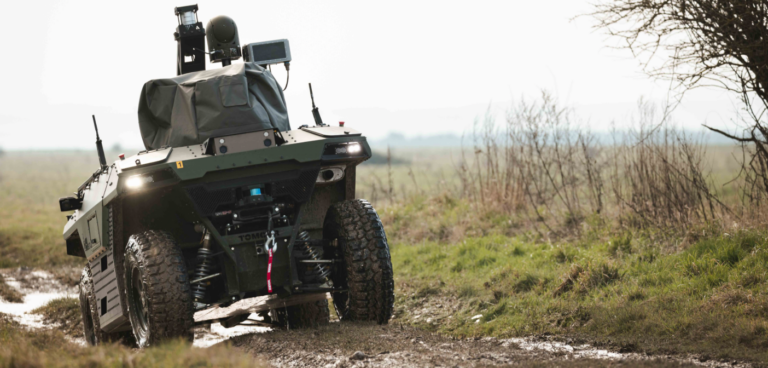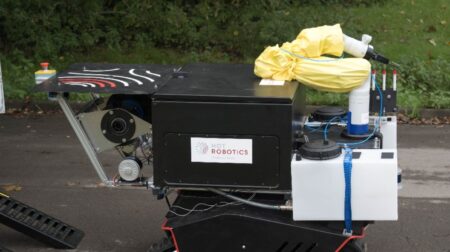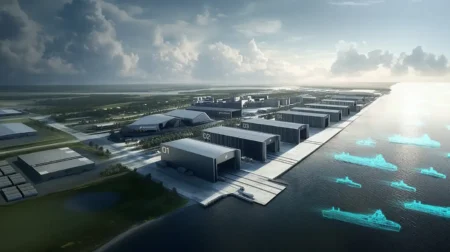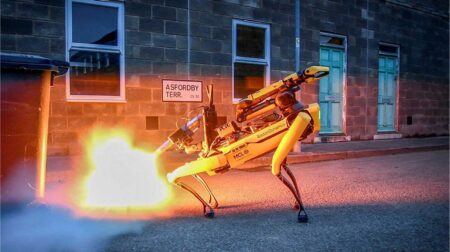The British Army has demonstrated a range of robotic and autonomous systems that, in the near future, will operate as part of Human Machine Teams.
At Salisbury Plain training area several automated vehicles were trialled, including a Terrier Armoured Engineering vehicle with remote and autonomous capabilities; self-driving air and ground platforms, that could deliver combat supplies in the ‘last mile’ of the battlefield; and a robotic platoon vehicle.
The closest objective on the horizon for the Army’s Human Machine Teaming (HMT) Project is the delivery of a Robotics and Autonomous Systems (RAS)-enhanced light Brigade Combat Team by 2025.
RAS will operate as part of Human Machine Teams, providing and exploiting data allowing better decisions to be made faster. The technology is designed to ensure that the Army is ready to fight and win when the nation and our allies are threatened.
According to the Army, along with its allies and industrial partners it is well placed to accelerate into the technologically enabled future.
Major Matt McGarvey-Miles, SO2 experiments, future force development for the Army, said:“Technology alone will never deliver genuine warfighting transformation. It is only when technology is evolved into a new way of fighting that true opportunities are realised.
“That’s why developing and testing Robotic and Autonomous System capabilities is so important. These systems will play an increasing role in delivering deployed sustainment.
“Doing so will increase combat power through increasing mass and tempo of resupply, as well as reducing risk-to-life for our people, leading to an increased probability of mission success.”
The HMT project, commissioned by Future Force Development, Army Headquarters, is aiming to enhance capability, generate greater capacity, cut the time taken to react, whilst at the same time reducing risk to personnel.
Most importantly this enhanced capability will always be under the control of a human operator, in the same way that drones are operated today, the project said.








